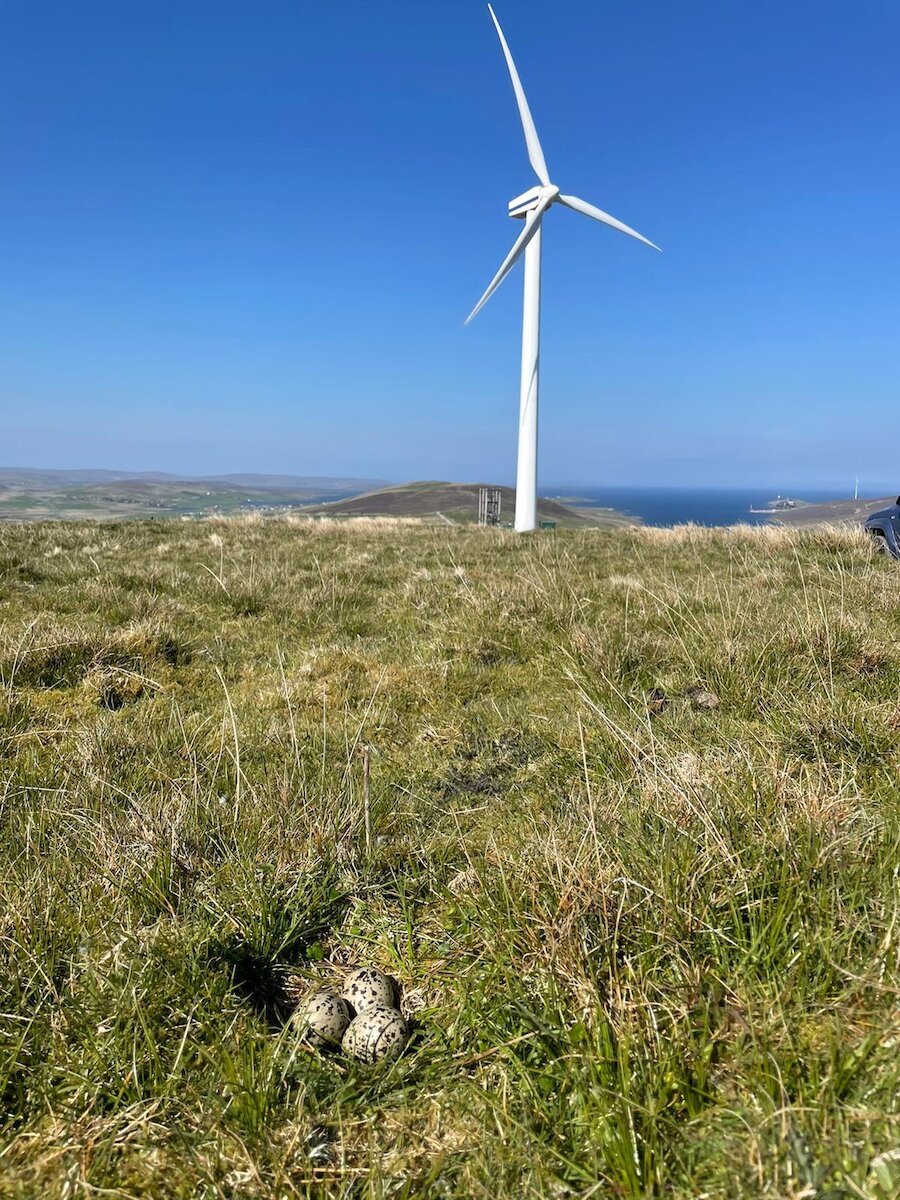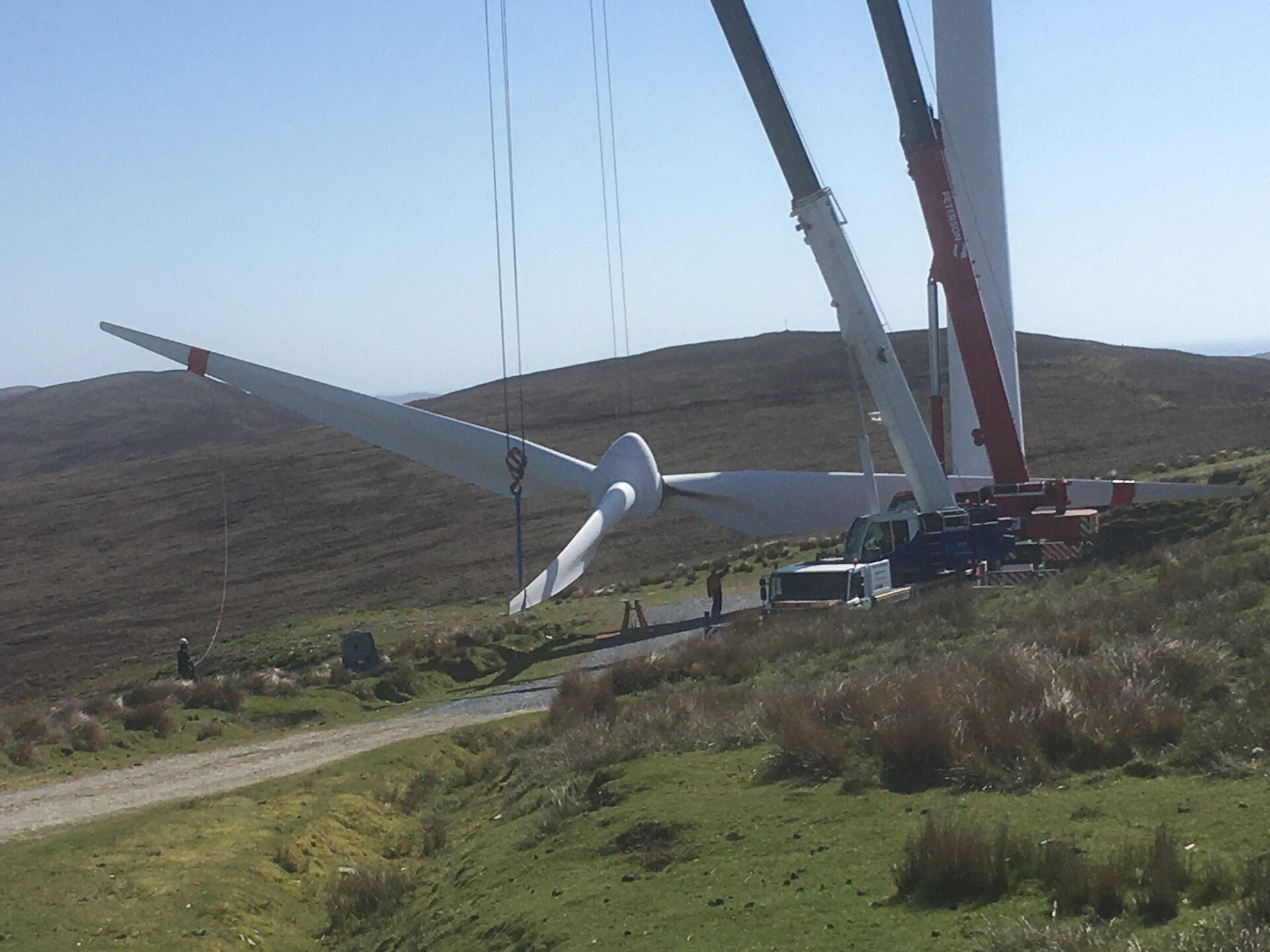The Burradale turbines stand 43m tall with 23m blades, making it conspicuous work but David explains that it is routine windfarm maintenance.
He is keen to point out that much more of that kind of work will be needed over the coming years.
Shetland is on the cusp of a renewables revolution with the under-construction Viking Energy project in the Central Mainland the biggest of several set to be built in the coming years.
Meanwhile, ambitious plans are being developed by the Orion project – a partnership between Shetland Islands Council, the Oil and Gas Technology Centre and Strathclyde University.
It envisages a future where Shetland harnesses the natural resources of onshore and offshore wind and tidal energy, to help power a clean energy revolution.
Orion, which is still in its early stages, hopes to electrify offshore oil and gas installations and repurpose existing infrastructure in Shetland to create green hydrogen.
While much of Orion’s focus is using offshore projects, consented onshore windfarms will play an important role, too.
Global contribution
Burradale is touted as one of the world’s most productive windfarms – producing an average 52 per cent capacity factor, compared with a UK 27.8 per cent average.
David believes that performance shows that Shetland’s wind energy has the potential to make a big contribution on both a local and global scale.
The prospect of more renewables is not universally popular.
There are critics who have resisted moves to see onshore windfarms developed in the isles. Meanwhile, proponents argue that the developments are environmentally sound and position Shetland as a key player while the nation transitions to net zero.
What is certain is that some windfarms are coming, attracting significant investment along the way. Once operational they will need maintenance, requiring a new skilled workforce.
Viking Energy is set to employ around 140 people during construction and says it will create 35 permanent jobs once operational.
Other major projects are also in the pipeline including those proposed by Peel Energy at Mossy Hill near Lerwick and Beaw Field in Yell and the Energy Isles scheme, also in Yell.
It all points to a future that will see Shetland making a significant contribution to meeting the Scottish and UK net zero targets, creating scores of skilled jobs in the process.
Shetland College and the NAFC Marine Centre offer engineering courses which could help prepare you for a future career working in renewables.
If you’d like to find out more about life and careers in the isles visit Shetland.org and sign up to the Living and Working newsletter.

